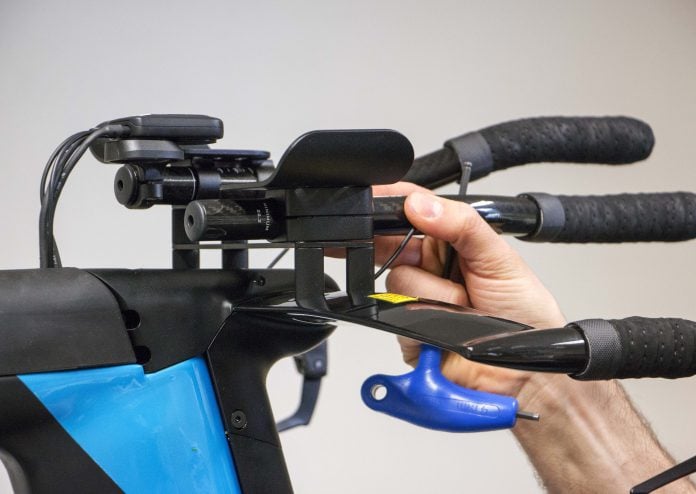You might have just paid for your first bike fit, or have one pencilled into the calendar, so we’ve written a little article about what to expect on the day. Every bike fitter will have a slightly different approach, but in general you can expect very similar things.
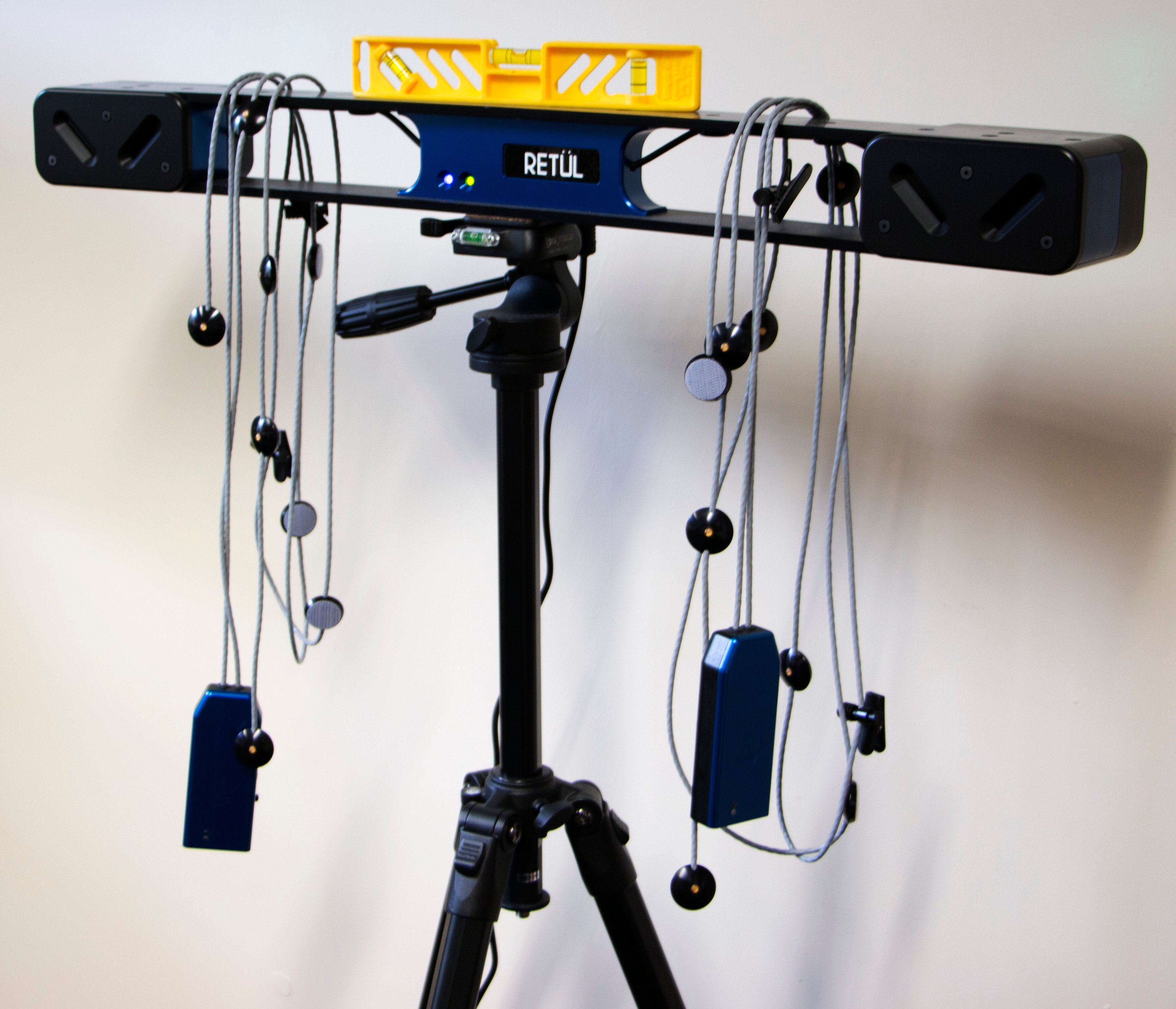
We the importance of bike fitting which can be viewed here, although we didn’t quite explain the process. You need a bike that fits to get the most out of your body. And it’s not just performance riders that need a bike fit. Even leisure riders should consider a bike fit to avoid injuries and discomforts when they’re out in the saddle.
So when you buy a bike it’s often a standard stock bike, with less than 1% of riders having a custom built bike, & even then it may need fitting as your riding style or body changes over time. All these different styles, bikes & body types mean no two bike fits will be the same.
The main things a bike fit works to do are:
- Prevent injuries in a rider.
- Make a bike comfortable.
- Optimize power output.
- Enhance efficiency.
- Improve bike performance.
- Improve aerodynamics.
What You Should Take:
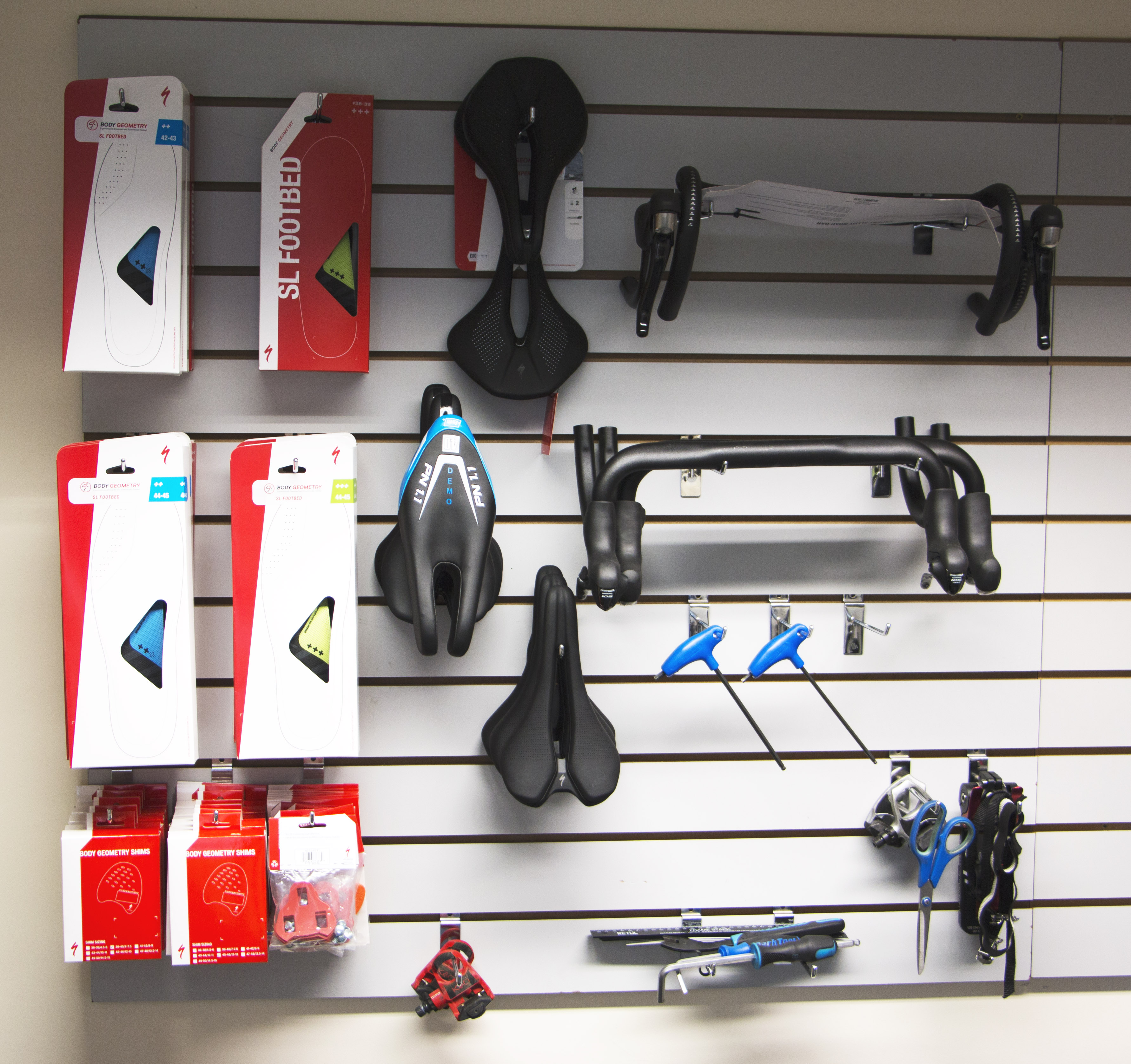
It’s best to take all the bits that come with your new bike. Any spacers and other bits & bobs will be used to adjust the bike and help change the set up for you. Usually all of this will be available at the bike shop, but if you’re fitting a bike that isn’t too common, or a time trial bike, it’s best to take your own to be sure.
 Often in a bike fit you’ll be jumping on & off the bike, pedalling & adjusting things to see how they feel. Due to this cycling kit is usually advised when you go along. Getting a bike fit in anything other than your normal riding clothes can have an impact on the fit as you’ll sit differently. It could also be worth taking a bottle of water, as the process could take 1 -3 hours depending on how much changes & how easy it is to sort.
Often in a bike fit you’ll be jumping on & off the bike, pedalling & adjusting things to see how they feel. Due to this cycling kit is usually advised when you go along. Getting a bike fit in anything other than your normal riding clothes can have an impact on the fit as you’ll sit differently. It could also be worth taking a bottle of water, as the process could take 1 -3 hours depending on how much changes & how easy it is to sort.
What happens:
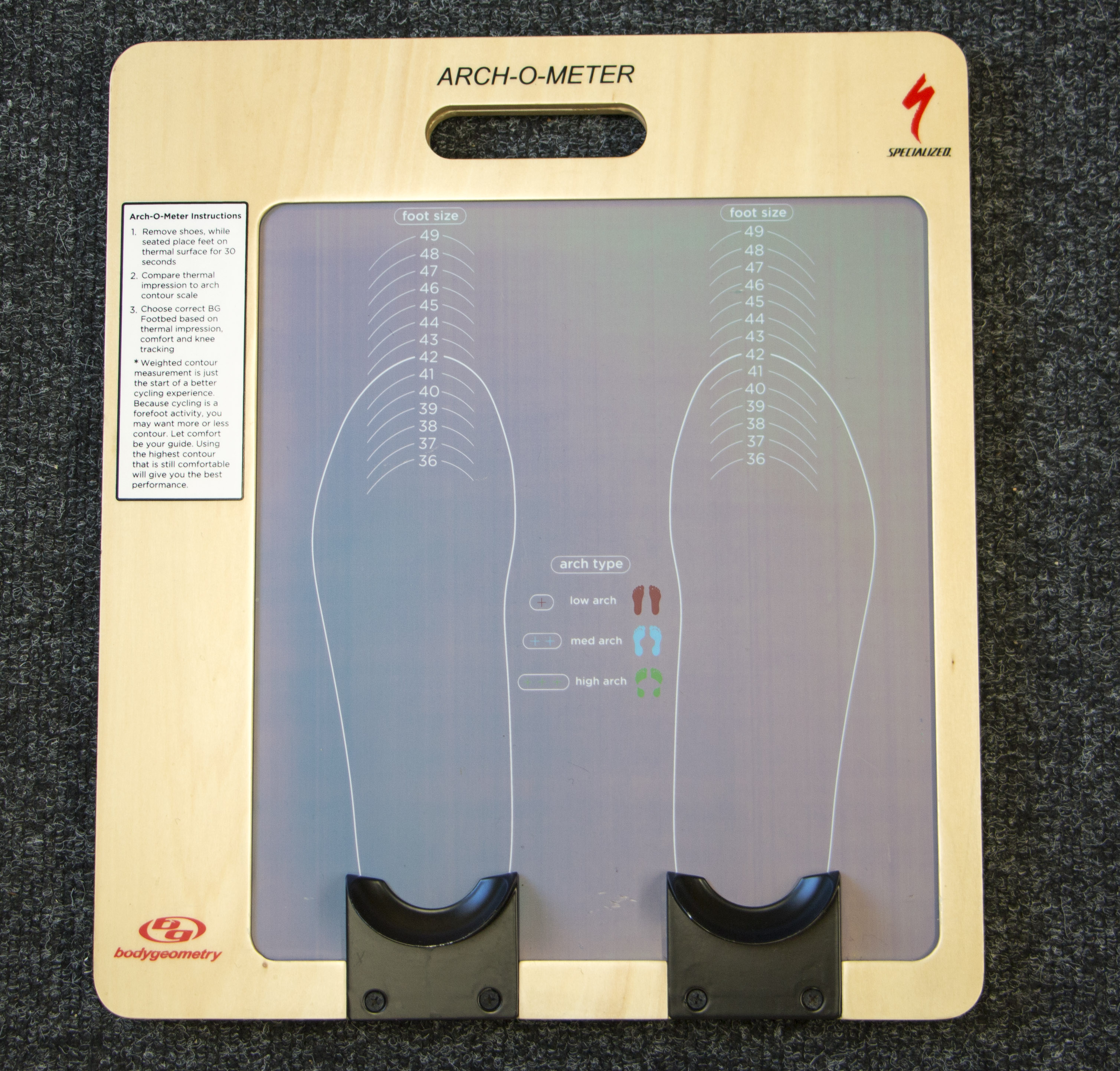
To begin with the fitter will take your measurements & get you fixed up to the machine. The measurements will include your feet, for any orthotics you might need. Your seat bones for saddle width, leg length, & other bits and bobs. They’ll then attach the retul system to you, and watch you spin away. The retul system suggests different settings depending on what style of riding you’re after.
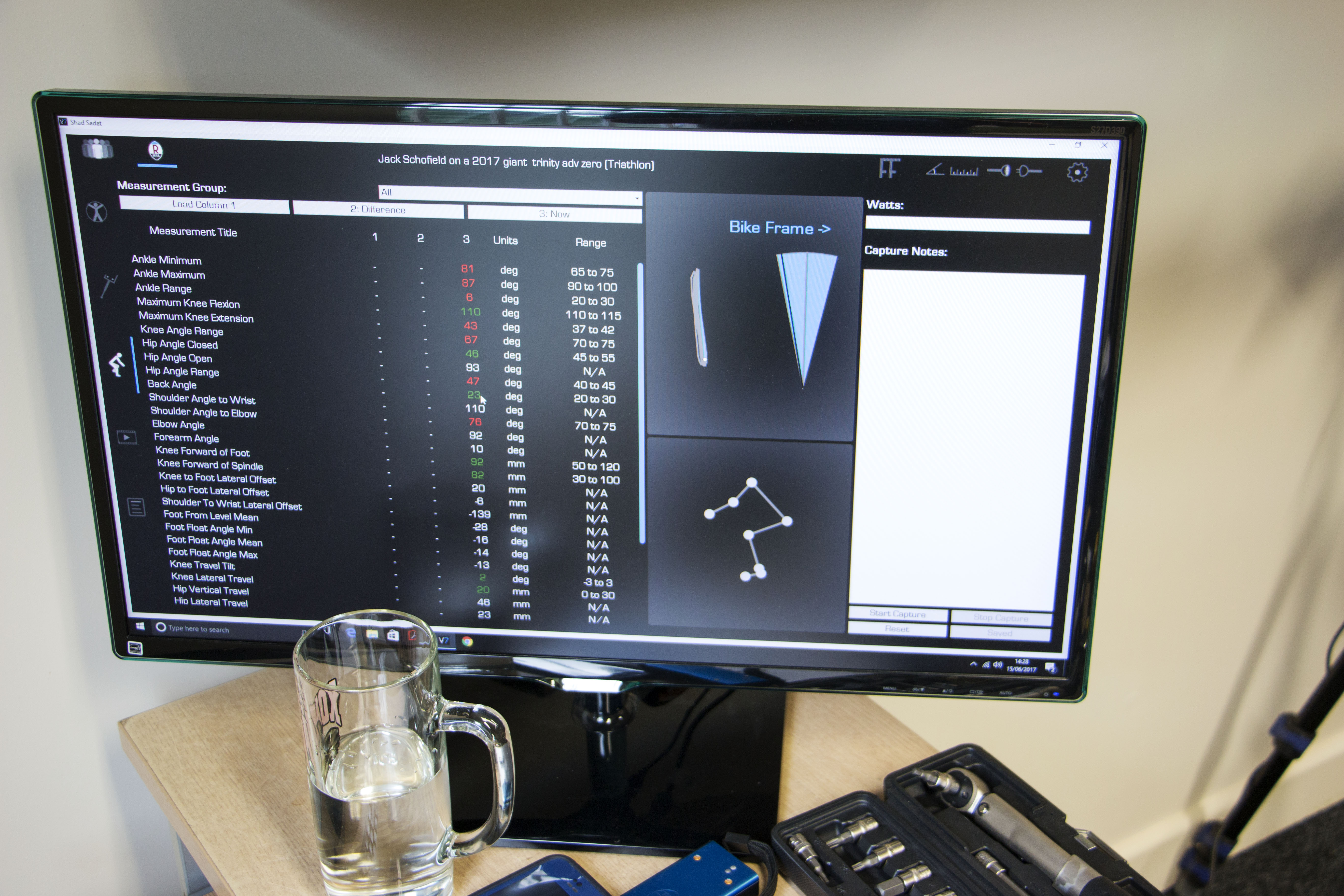 There are a number of things it will look at and use the data points to measure the way you move. By changing different elements on the bike the bike fitter will be able to find you a very comfortable, efficient position.
There are a number of things it will look at and use the data points to measure the way you move. By changing different elements on the bike the bike fitter will be able to find you a very comfortable, efficient position.
The things that may change will include:
- Saddle height & positioning.
- Stem length or height.
- Handlebar width.
- Brake lever adjustments.
- Crank length.
- Shoe, insole and cleat adjustments.
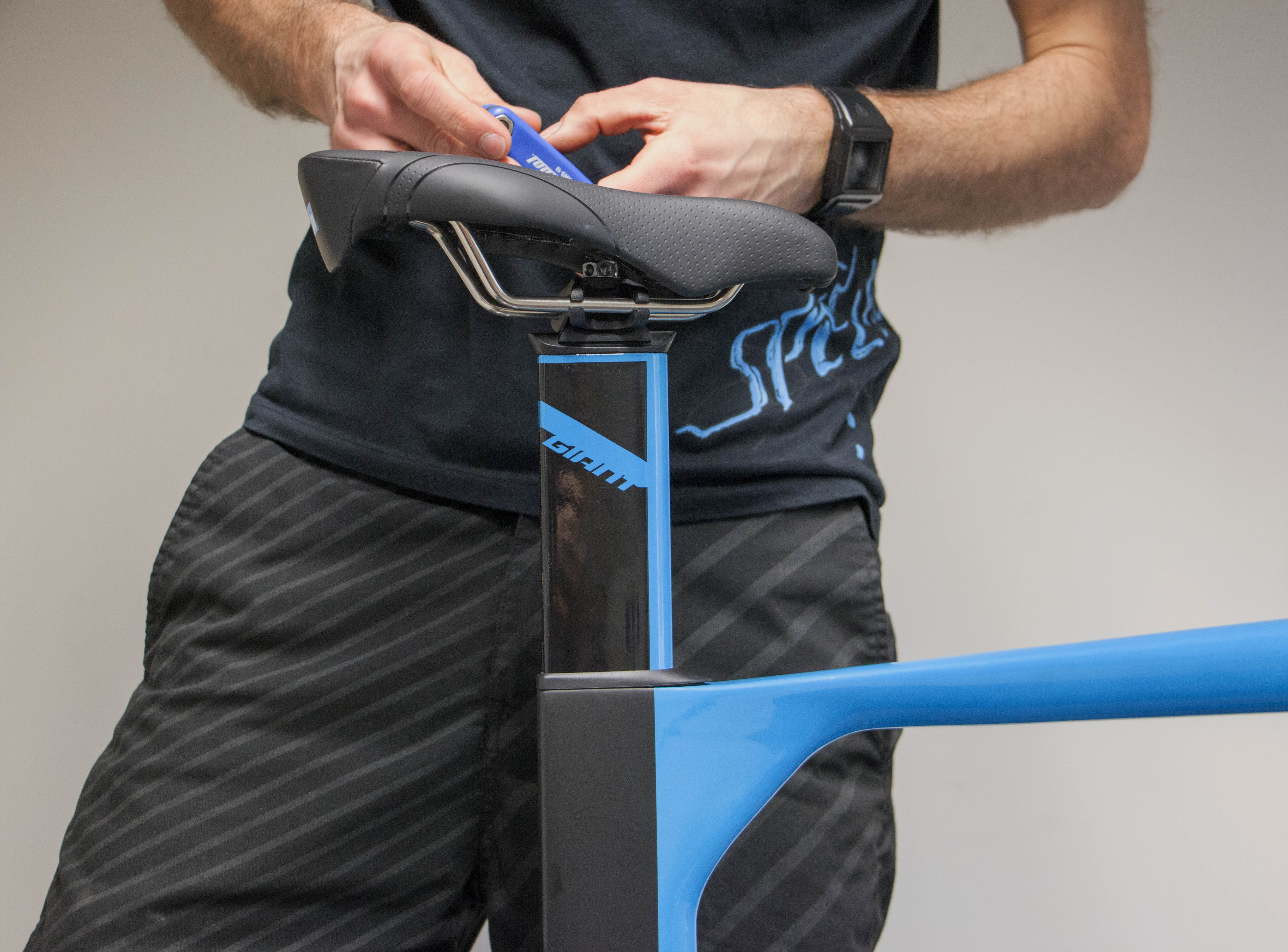
All these things can have a massive impact on the way the bike feels underneath you, so none of them should be overlooked. It’s also really important that the bike fitter watches both sides of you, to ensure there are no irregularities.

